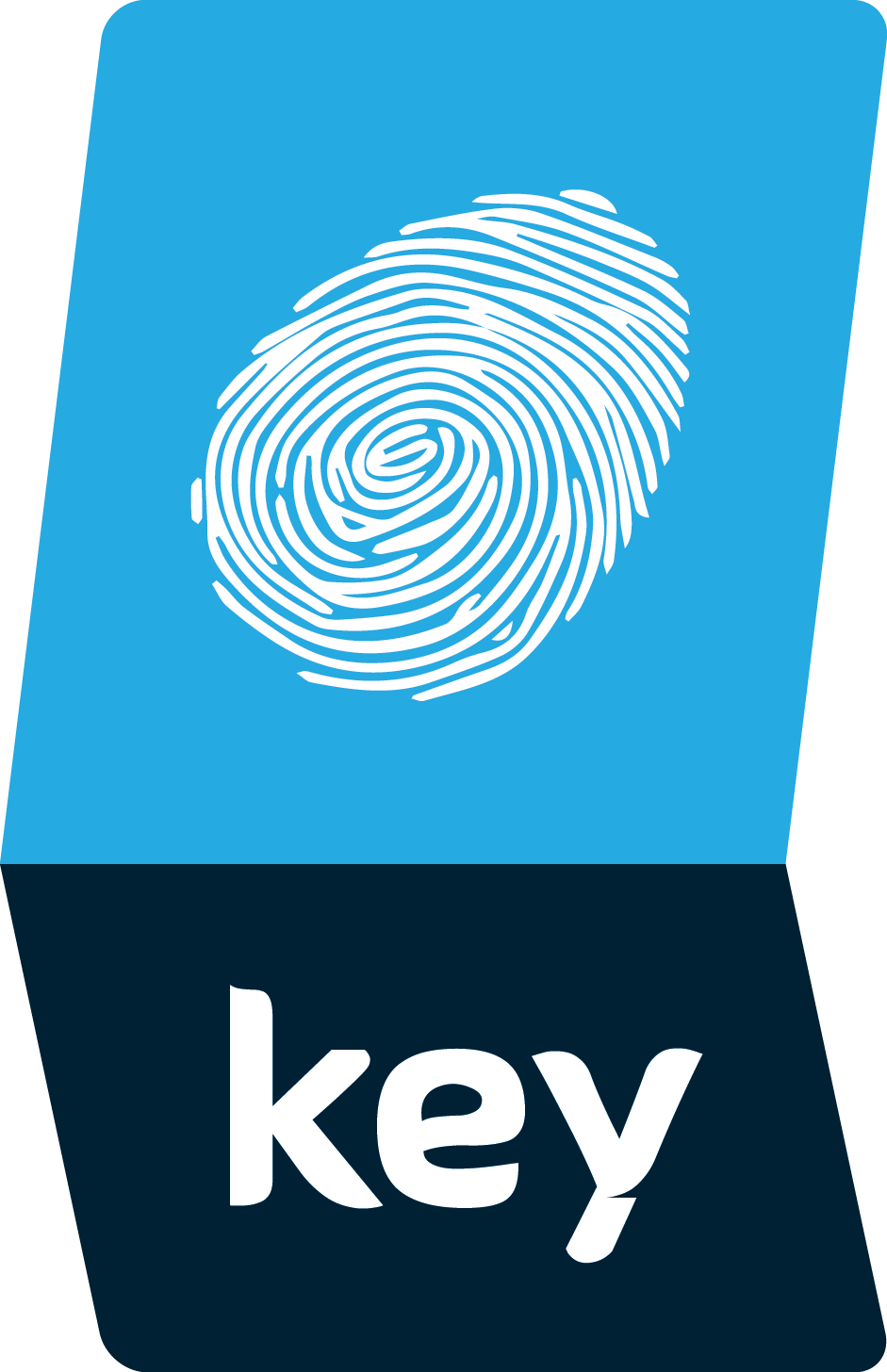Key Insights
“Overall I really enjoyed having the opportunity to get to know not only the train control role, but also the train controllers themselves and encouraging them to re-fresh their perspective on the tasks.”
Measure
Understand Purpose & Desired Outcome Of “DILO” Study
Analyse
Learn The Role And Its Tasks – To Ensure Effective Data Recordings
Execute
Sit With Train Controllers & Record Data
Sit With Train Controllers And Discuss Their Point Of View On Their Role And The Work Load Imbalance And Brain Storm Potential Improvement Ideas
Sustain
Collate All Data, Notes Taken From Discussions And Produce Analysis Report On Potential Improvement Solutions.
Our Goal:
The Train Control team were finding that the work load between control boards and general processes were unevenly distributed.
This had been causing train controller burn out and overall negative effects to team moral.
My goal was to complete a “Day In the Life Of” Study, which meant rotating through each train control board for a requested amount of shifts and recording data of:
- What tasks were being completed / Task Classification
- Communication mode used
- Tools used
- Zone tasks occurring in
In effort to assist the analysis the collected data and provide insights on ways to improve.
Our Solution:
Once all data was collected, I did a brief analysis to support my findings and provide a “fresh eye” perspective on the train control role requirements.
The main suggestions for improvements included:
- Streamline Communication Avenues – to address the current “Chinese Whispers” effect that is occurring.
- Systems utilised – hard / soft copy / multiple system cross overs
With the area for urgent attention high-lighted as Track Maintenance scheduling needing priority attention.
Unlocked Potential:
While collecting data with a “fresh set of eyes”, I wanted to also understand the role / work load from an experienced point of view, the train controllers themselves.
I went in with the desire to encourage them to change their perspective on what/how they do their daily tasks.
And to hopefully inspire the collaboration of team and supervisors to ultimately utilise the data and their experience to reach valuable improvements internally.
When trying to boost team moral, it’s so important to not only try to improve the work itself, but to actively listen to and work with the team members to reach effective process solutions.
